10 Places Locals Love to Visit in Costa Rica — From Beaches and Hot Springs to Markets
Explore beyond the tourist hot spots in Costa Rica.
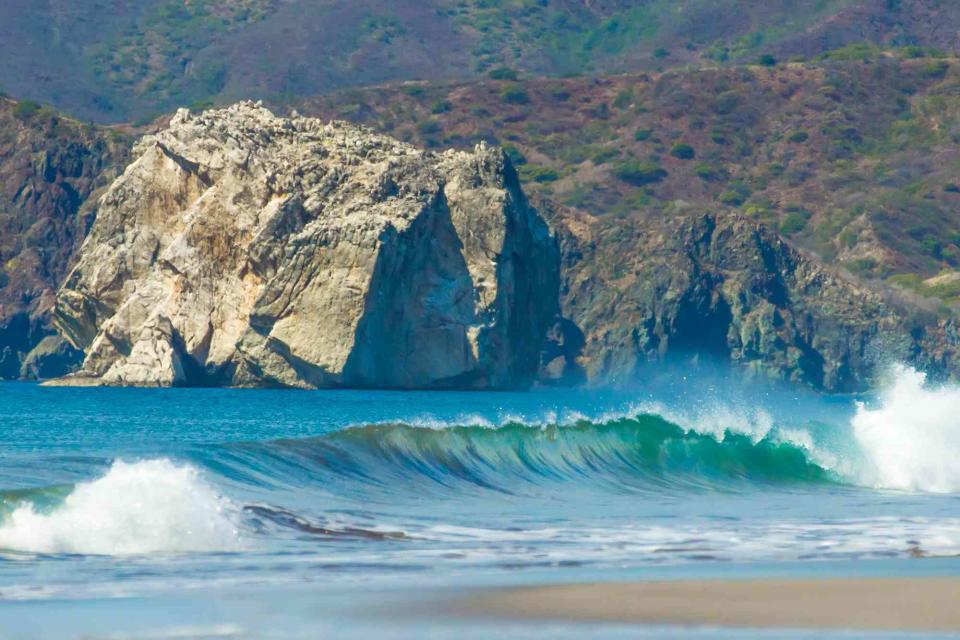
Kryssia Campos/Getty Images
With one-fourth of its land located in national parks and reserves, Costa Rica is a dream destination for nature lovers and intrepid travelers. Among the country’s natural wonders are five active volcanoes, 800 miles of unspoiled coastline, and diverse ecosystems, from cloud forests to tropical beaches. For those lucky enough to call this stunning Central American country home, its laid-back, pura vida way of life and the warm hospitality of its people make it an appealing place to both live and explore. But beyond its popular tourist hot spots, where do the locals go? From natural pools to secluded coves, here are 10 incredible places in Costa Rica, as recommended by locals.
Corcovado National Park
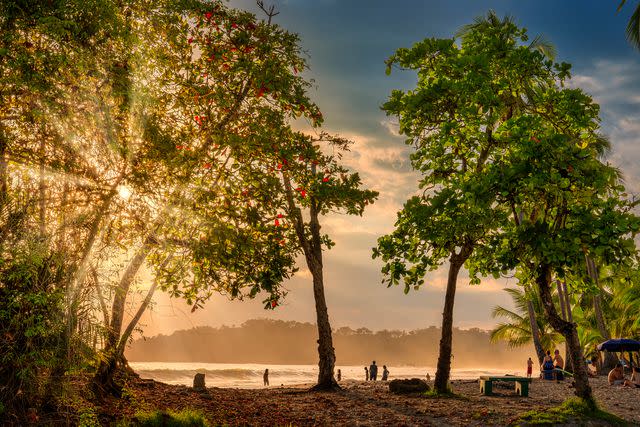
Arctic-Images/Getty Images
Containing roughly five percent of the world’s species, Corcovado National Park is one of the greatest biodiversity locations in the world. Blessed with beautiful lagoons, marshes, mangroves, rivers, forests, sandy beaches, and hiking trails, the park is a haven for outdoor enthusiasts like Yeison Kim, travel blogger at Mytanfeet. "There’s no better place in Costa Rica for nature and adventure than Corcovado; it feels otherworldly, like Jurassic Park," he says.
Playa Naranjo
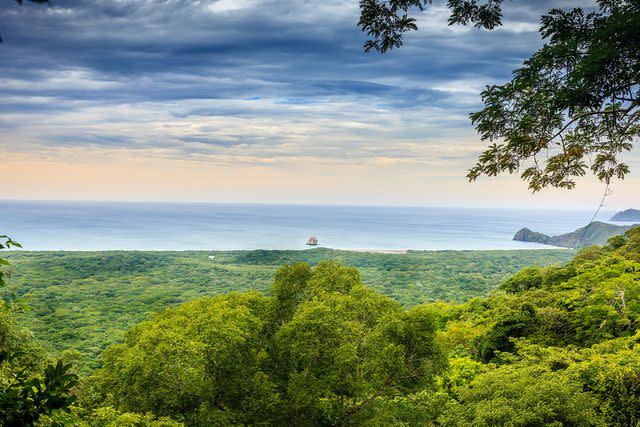
alexeys/Getty Images
Costa Rica’s geographical position makes it a world-renowned surfing destination that experiences swells from both the Northern and Southern hemispheres. One of Kim’s primary surfing spots is Playa Naranjo, also known as Roca Bruja (Witches Rock), in Santa Rosa National Park. "Although I wouldn't call myself a pro surfer, I can confidently conquer some midsized waves here," says Kim, who has seen sharks, manta rays, and even a humpback whale. Beloved by surfers for its extraordinary surf and stunning backdrop, this bay earned its moniker from a local legend that a witch's spirit dwells within a rock in the park.
Mercado Central
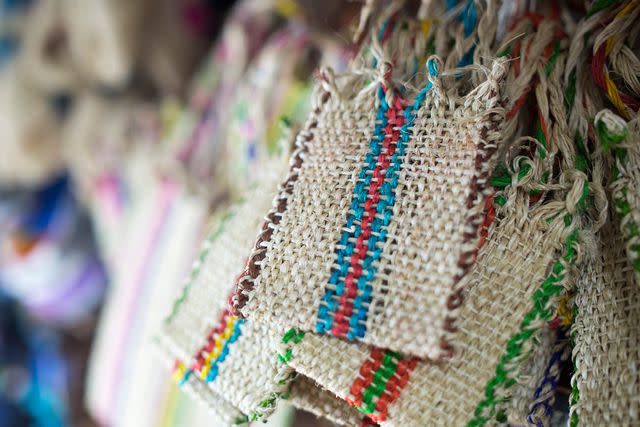
Courtesy of Vista Costa Rica
Established in 1880, the bustling Mercado Central is one of the country's oldest and most cherished landmarks. It’s also a cultural and culinary hot spot where locals gather, shop, and eat. Among the more than 200 shops, stalls, and small restaurants called "sodas," Kim’s favorite place to go here is Soda Tala, a popular restaurant for locals that sells talapinto. This twist on Costa Rica’s classic breakfast dish, gallo pinto, includes rice, beans, and a thin omelet served in a tortilla, which is either set on top or wrapped in a banana leaf. Patrons can also add fried plantains, cheese, and meat to the dish.
Manuel Antonio National Park
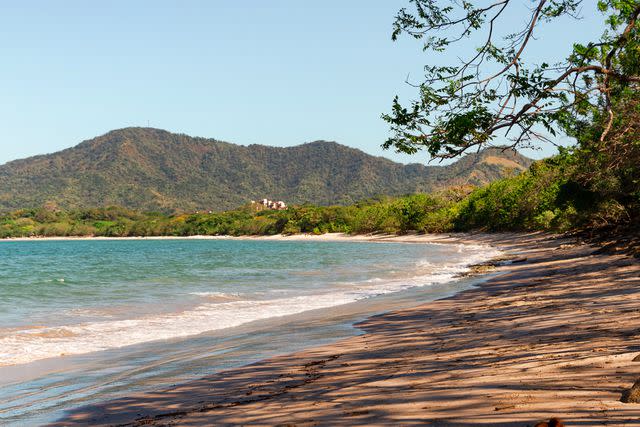
Adrian Rudd/Travel + Leisure
David Konwiser, architect and co-owner of the Villa Punto de Vista estate, was born in Costa Rica, his mother’s homeland, but grew up in California. On a trip to Costa Rica 20 years ago, he fell in awe of Manuel Antonio National Park, so much so that he created his own luxury haven right next to it. "It’s not just the park’s lush rain forests that draw visitors, but also its pristine beaches," he says. Konwiser enjoys visiting Biesanz Beach, a scenic cove with calm waters, ideal for swimming and snorkeling, as well as Manuel Antonio Beach. But he cautions against weekend excursions to these areas, as they tend to get crowded. Instead, he suggests venturing just north of the park to Espadilla Norte Beach, where there are usually fewer people.
La Fortuna
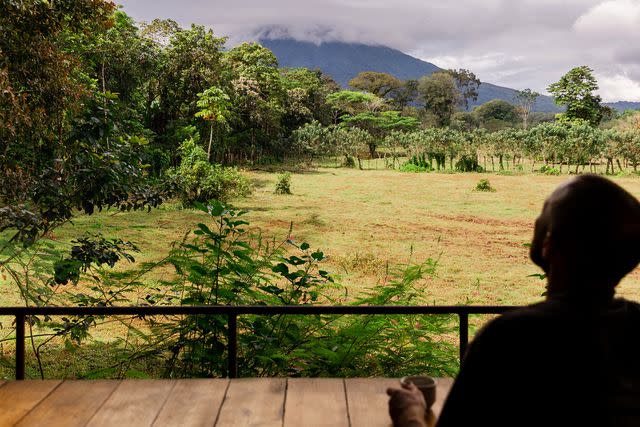
Adrian Rudd/Travel + Leisure
La Fortuna, the adventure capital of Costa Rica, is the ultimate destination for adrenaline junkies. But for Konwiser, the highlight of this region is its thermal hot springs, such as Tabacon Thermal Resort & Spa. "Taking a dip in the various temperature pools naturally heated by the volcano is the perfect way to relax, especially after a day of thrill-seeking," he says.
Paola Bolaños Zumbado, commercial manager at Copey Estate Winery, touts La Fortuna as well, notably Arenal Volcano National Park and Arenal Hanging Bridges. According to Zumbado, hiking along the lava trails in the national park is invigorating, as are the treetop canopies at the hanging bridges. "If you visit the bridges in the early morning, you can often see the full volcano without cloud cover," she adds.
Los Santos Zone
Costa Rica’s high-altitude volcanic soil and sustainable farming practices provide favorable conditions for growing high-quality beans. For a true coffee experience, Zumbado recommends venturing into the towns of Dota, Tarrazú, and León Cortés in the heart of Los Santos Zone, a beautiful mountain region that's about a two-hour drive from San José. One place to try a good cup of Costa Rican coffee is Coopedota, a cooperative that offers more than 40 unique blends, tours, and a cafe.
Nauyaca Waterfalls
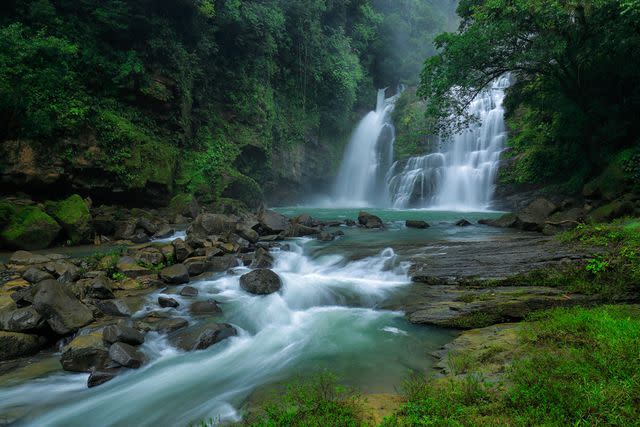
Juan Carlos Vindas/Getty Images
"One of the things I love about Costa Rica is the presence of wild waterfalls all over the country," says Hans Pfister, co-founder and president of the Cayuga Collection. Pfister, who has been living in Costa Rica since 1999, takes an annual hike to Nauyaca Waterfalls, north of Uvita, where he swims in the natural pools, which he admits makes him feel 10 years younger. Reaching these majestic cascades takes a bit of effort, requiring a 3.7-mile one-way trek on an intermediate trail, either by foot or horseback.
Puerto Viejo
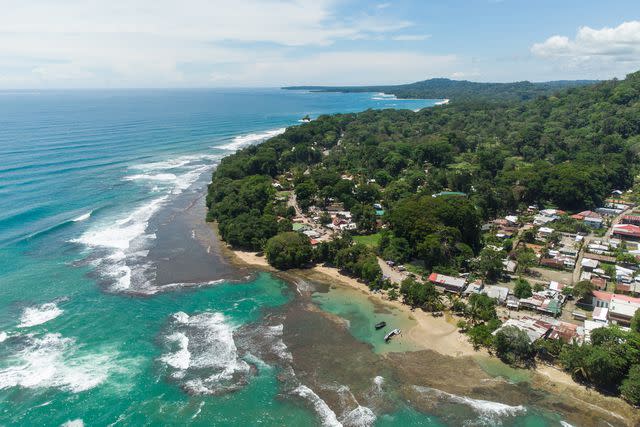
Didier Marti/Getty Images
Pfister’s preferred beaches are on the Caribbean Coast of Costa Rica. "It’s where most well-traveled locals spend their vacations," he notes, citing Playa Chiquita in Limón Province as one of the finest stretches of sand in Costa Rica. Sadie Jordan agrees. She recently relocated from the U.S. to Costa Rica to provide Afro-Costa Rican-centered multiday itineraries through her company, Soul Life Travel. As an Afro-Latina herself, Jordan heads to El Sendero Beach Club in Puerto Viejo to soak up beautiful ocean views and cultural vibes. "It’s a locally owned spot right on the beach, where patrons can relax with lively reggae music, delicious Afro-Caribbean cuisine, and strong cocktails."
Pacuare River
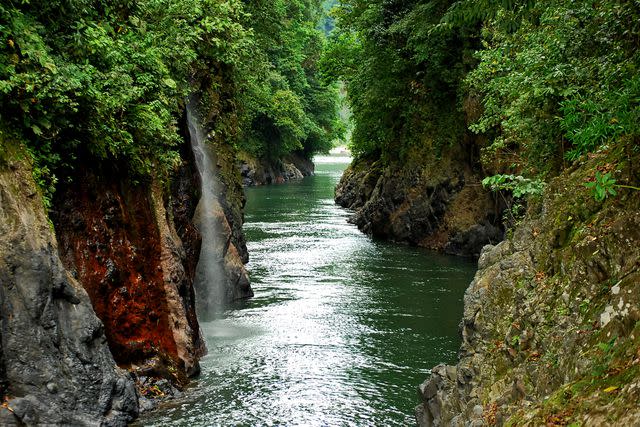
laurencarse/Getty Images
With thrilling Class II to Class V rapids flowing 67 miles from the Cuericí mountains to the Caribbean Sea, the Pacuare River is one of the world’s most scenic and best rafting rivers. "It’s a death-defying yet exhilarating experience," says Jordan, who recently embarked on a rafting tour with her adventurous aunt, Rebecca. Led by Exploradores Outdoors, the pair rafted 18 miles along the famed Pacuare River Gorge and Valle del Pacuare, encountering various wildlife such as toucans, sloths, and butterflies.
Playa Panama
Stephanie Sheehy, co-owner of Il Viaggio Travel, runs the only local ground operator specializing in accessible travel in Costa Rica. Her deep affinity for Costa Rica’s coastline always leads her to its beaches, including Playa Panama, which has shallow, tranquil waters shielded by Culebra Bay in the Gulf of Papagayo. "It’s one of the calmest and most swimmable beaches in Costa Rica," according to Sheehy, who is on a mission, alongside her husband, Emilio, to establish at least one accessible solution on every public beach in Costa Rica. She says these efforts will make the country an inclusive destination for everyone.
For more Travel & Leisure news, make sure to sign up for our newsletter!
Read the original article on Travel & Leisure.

